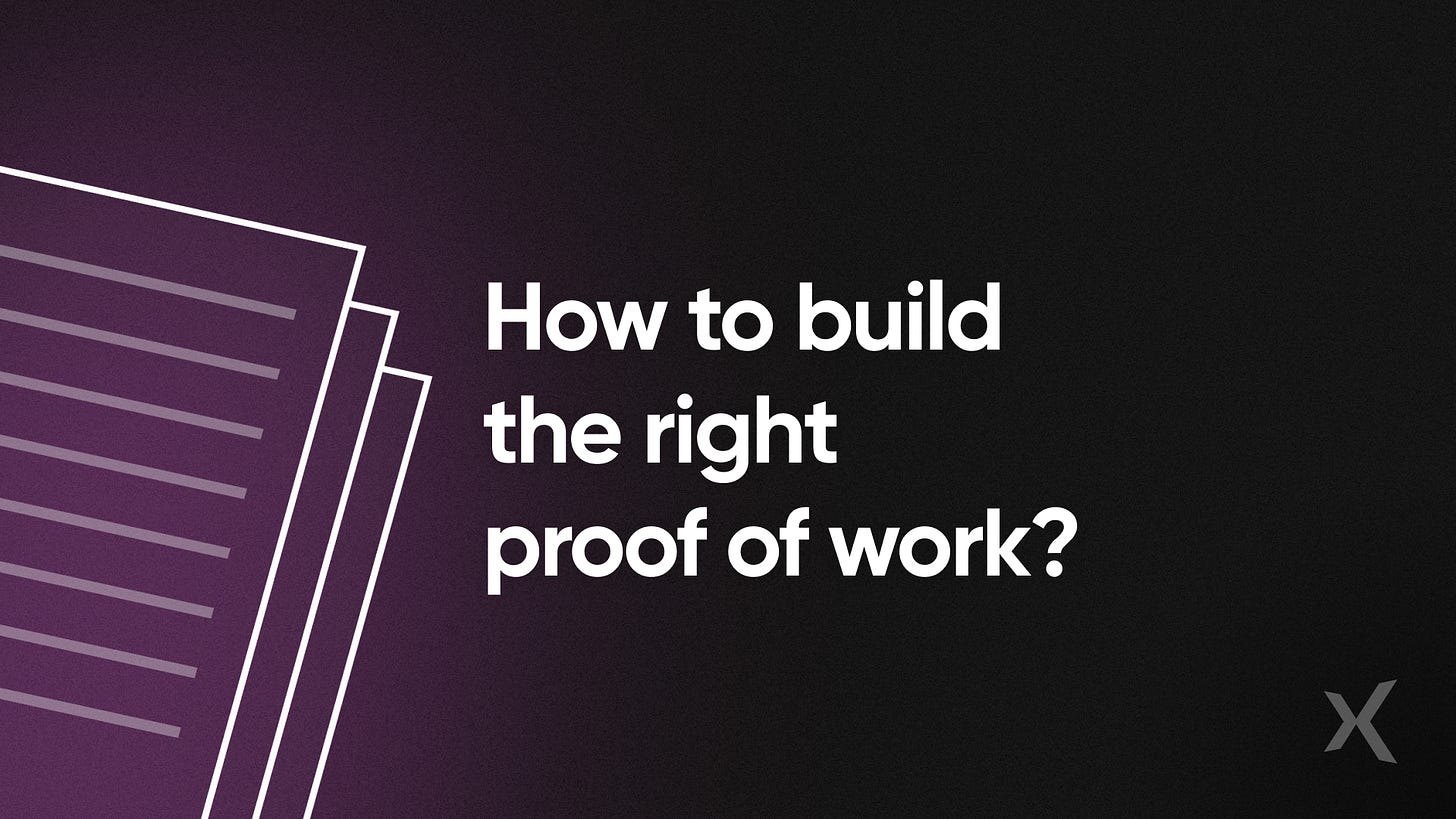How to nail your cold reach outs?
Standout amongst a sea of applications every role is receiving, with an effective cold reachout strategy and approach.
Today’s edition is packed with steps you can deploy in the next 8 days to deploy effective cold reach outs.
What got you an offer a year ago might not work today. The talent market has shifted, with over 1,000 applications for every role posted on LinkedIn. Recruiters, hiring managers, and founders are overwhelmed with resumes and requests.
We spoke with GrowthX members who secured roles in the last six months, and here’s what they shared:
Applications: 100
Responses: 15
Interviews: 4
Offer: 1
These numbers come from a Product Manager with 6 years of experience in Fintech. Similar stats apply to those targeting growth or marketing roles.
Why Your Efforts Might Be Going Unnoticed
Applying to irrelevant roles
Your resume or LinkedIn profile doesn’t clearly show your fit.Example: If you’re a growth marketer applying for a data analyst role, your resume needs to reflect relevant analytics experience.
Weak pitch
Poor choice of projects and weak articulation.Example: If you led a successful campaign, highlight the measurable impact, like “Increased conversions by 30%.”
Reaching out to the wrong person
Contacting someone who isn’t the right decision-maker, using the wrong channel, or at an inconvenient time.Lack of clear expectations
The reader doesn’t understand what you want from them.Example: Instead of saying, “I’m interested in opportunities,” be specific, like “I’d love to discuss how I can help with your next product launch.”
Now, you might be putting in a lot of effort too but putting that effort into the right things is very critical.
Sharing an effective strategy to get a response for your cold DM/ emails.👇🏼
Step 1: Hygiene check
Ensure your LinkedIn profile is up-to-date with relevant information about you - experiences, skills and a story (about section) that gets the reader curious. Think of yourself as a product, and ensure the user (here a potential recruiter) gets delighted at every single touch point.
You need 60 minutes of focused time to get this right -
1. LinkedIn profile is set, everything you need is here
2. Resume exactly matches the requirements for the potential role, here’s how.
Bonus:
If you are aiming to get into product roles [APM, PM, SPM, Product leader] -
1. Here’s a goldmine for you with lots of examples
2. Customize your LinkedIn profile to make it relevant for product opportunities.
Recommended:
Go ahead and build a personal website to elaborate on your experience, projects, case studies/ proof of work. Refer to this thread where GX members have shared the links to their personal websites.
Step 2: Research
Most companies (unless in stealth mode) have a lot of information online. Use this to your advantage:
News & Blogs: Read articles featuring the founders or key leaders to understand the company’s vision and milestones.
Podcasts: Listen to episodes where leaders share their journey and approach.
Social Media & Websites: Look at the company’s latest updates, culture, and customer engagement on LinkedIn and Twitter.
Funding Articles: Check out platforms like Crunchbase for insights on recent funding and strategic direction.
Before sending a cold DM, do your homework.
User insights:
Speak to at least 10 users to learn about their experience.
For example, if you’re targeting a fintech company, reach out to users on Reddit or review platforms to gather insights on their satisfaction levels and suggestions.
Product exploration:
Go through the product flow multiple times. Observe every touchpoint and document your findings.
Market analysis:
Understand the product’s market size, competition, and the overall industry landscape. Use tools like Statista for a detailed analysis.
Collect Insights, Not Just Information.
This approach helps you:
Tailor your communication:
Use the insights to customize your messages, pitches, and interview answers. For example, if you notice a missing feature that users desire, highlight how you can contribute to addressing this gap.
Build conviction:
A deep understanding of the company’s mission and vision lets you decide if this is the right opportunity for you. If you’re not excited about the mission, it might be time to reconsider.
Now, it comes down to story-telling and selling yourself well.
Step 3: Your pitch
Step back and consider the JTBD for both sides:
You (the candidate): Aiming to find the perfect role to learn, grow, and create impact.
The interviewer: Searching for exceptional talent to take ownership, add significant value, and consistently grow within the team.
Getting shortlisted: a zoomed-out perspective
Think of yourself as a product. To create an impactful pitch, consider:
Your audience: Who are you pitching to?
Example: If you’re reaching out to a tech startup, your pitch should focus on your innovative and tech-savvy side.
The channel: Which platform are you using?
Example: On LinkedIn, showcase your professional achievements;
on Twitter, highlight quick insights.
The pitch’s purpose: What’s the outcome?
Aim to spark interest and build a connection, not just get a job offer.
Crafting your pitch
List all personal and professional experiences.
If you’ve led a team to a 30% sales increase in a previous role, mark this as relevant.
Identify the most relevant points for your audience.
If pitching to a startup, highlight your experience in 0-1 problem statements, thriving in ambiguous situations.
The three segments of your pitch
Hook:
Start with a one-liner about the recipient’s recent achievement.“Congrats on your Series B funding round! I’ve been following your journey, and it’s impressive.”
Meat:
Focus on major data points and the value you can add.
“In my last role, I led a team that doubled our user engagement in six months.”Tip: Include metrics showing your past impact, like “Increased customer satisfaction by 25%.”
Climax:
Share a personal insight or unique fact about the company.
Finalizing your pitch
Read your pitch out loud and make necessary tweaks. Avoid making it a one-size-fits-all template. Keep refining based on responses.
What to avoid in cold reach-outs
Don’t Attach Your Resume: It often gets ignored or redirects you to a career site.
Avoid Starting With ‘Looking for a Role’: Focus on your passion for solving problems and adding value.
Limit the Use of ‘I’: Make the message about your potential contributions rather than solely about yourself. Talk about team wins, instead of showing everything was done by you alone.
Authenticity cuts through a lot of noise, and you want to do exactly that.
Step 4: Your proof of work
Imagine this: You’re in an interview, and the interviewer asks about your experience with user engagement. Instead of a generic answer, you pull up a case study from your portfolio that showcases how you led a feature enhancement that improved user retention by 20%. You walk them through:
The Problem: Declining user engagement.
Your Solution: Implementing a targeted feature.
The Process: Detailing the steps taken to implement the solution.
The Results: A 20% increase in user retention, supported by data.
This strategy not only turns the conversation in your favour but also makes you a memorable candidate.
Samik Bhattacharya Landed a Growth Lead Role at Medmastery, [GrowthX member since Feb 2024, Prev Marketing Lead, Clinikk]
Here’s what he has to say about using proof of work -
Proof of work helps you drive the interview.
I steered the questions to my advantage because of the strong talking points. Ended up asking them more questions based on my research, and that shifted the conversation my way.
Here’s an in-depth module to help you get started. This covers -
Setting your goal
Identifying the right projects to work on
Templates to build proof of work
Building a portfolio to showcase the work
Recommended:
When building a proof of work, doing it on the specific product you are applying for always helps.
Abhinav Jain, Director of New Initiatives at PocketFM
Member since Feb 2022 built this projectAshish Mundra, Product Manager at Zerodha Fund House
Member since April 2023 put this together to send in his cold reach out.
Step 5: Don’t hesitate to follow-up
When sending a cold DM or email to a hiring manager, follow-up is key. After your initial message, don’t be discouraged if you don’t receive an immediate response. Hiring managers are often busy, so be prepared to follow up until you get a clear reply.
However, with every follow-up add value and share more insights/ information about you that is not already disclosed.
Be Responsive and Engaged
Throughout this process, ensure you’re responsive to any replies or updates you receive. Quick and thoughtful responses convey your enthusiasm, which will increase your chances.
Step 6: Prepare and practice
You’ve done the hard work with your cold outreach; now, make sure the first call reflects your pitch accurately. The first call is your chance to ensure your pitch matches who you are
Start with why you’re excited about the company and the industry, just like you mentioned in your outreach. Be prepared to talk about how your experience makes you confident about solving the challenges, and share any specific ideas you proposed earlier.
Here’s everything that you need to prepare for any first Interview call.
Featured roles this week ✨
Growth Marketing at d’you [Consumer Goods]
Product Manager at Foxtale [Consumer Goods]
Product Manager at Parentune [Technology]
Marketing Ops at Rocketlane [B2B SaaS]
Curated resources for you 🚀
Insights from the GrowthX Fam across Referral, offline, and WhatsApp marketing
Proven strategies for cold reach out, insights from Principal PM at BrowserStack
Foundations to learn the fundamental pillars of business growth
This is your blueprint for securing interviews. You can modify it to fit your unique style and strengths. The key point to remember: stop sending resumes —start pitching yourself like a seasoned professional. Approach it like a strategic campaign, and you'll see results. You've got this in the bag!
Until next time,
Kshitija
P.S. What has been your major learning with cold reachouts? Your insights and strategy can help someone find their dream role.
You can simply reply back, we will include it in next week’s edition.




